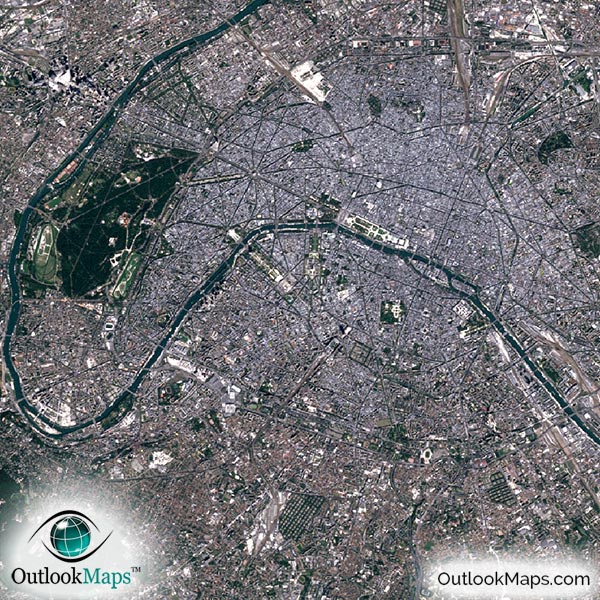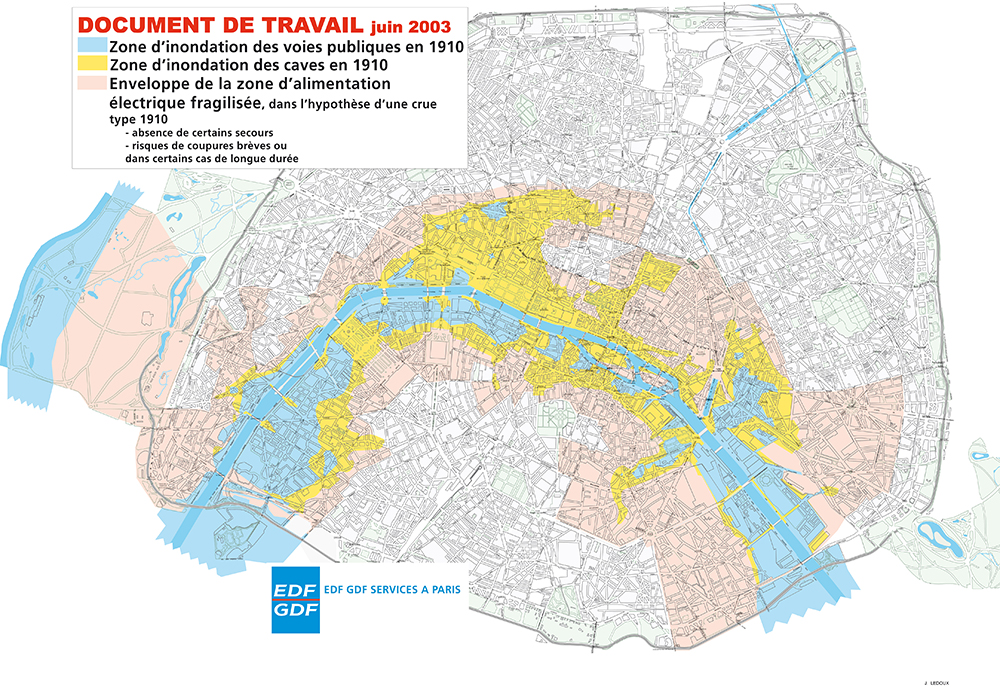The Site of Paris
Sonia, Alison, and Rebecca Landes, Paris Walks (New York: Henry Holt, 2005), pp.3-4
Here you are in the heart of Paris, looking at Notre-Dame on the lle de la Cite, where the Parisii , the tribe for whom the city was named , originally settled long before Caesar came here in 52 B.C.E. (The Romans stayed four hundred years .) At that time there were eight or nine islands in this region of the Seine, but as the water receded, the number was reduced to only two this one and, behind it, the Ile Saint-Louis . . .
Caesar came here in 52 B.C.E. (The Romans stayed four hundred years .) At that time there were eight or nine islands in this region of the Seine, but as the water receded, the number was reduced to only two this one and, behind it, the Ile Saint-Louis . . .
The Seine in prehistoric times was a wide, slow-flowing river more than a hundred feet higher than it is today. The river meandered all over the area between Mont Sainte-Genevieve, to the south . . .
Even Parisians forget that the river was once so wide, but in 1910 an extraordinary flood in the month of January reminded them of the tributaries of the Seine still flowing underground. The subterranean waters welled to the surface and swept through the city. From the present course of the river to the place de l'Opera and from the Gare Saint-Lazare to the suburbs of the north, the secret Seine emerged from hiding and took possession of the city once again.
Postcards depicting the flood show men and women rowing around Paris at the level of street signs. A great many important historical records were lost, including those from some of the major libraries and banks. Deep cellars in this area are still cemented in mud from the flood, and excavations regularly unearth buried architecture and artifacts.
For ancient Paris, this sprawling river, whose waters were sweet and clean enough to drink, was a boon. Because of it, the Parisii felt safe from surprise attacks; an enemy would have to cross large stretches of swamp to reach the island. The river was also an excellent highway for trade, as it still is today. By Gallic times the Seine had already dug its present channel, but the banks to either side, especially the Right Bank, remained swampy and uninhabitable.
The first part of the mainland to be settled was the south, or Left Bank , where the ground rose more sharply than on the marshy Right Bank, called the Marais (marsh). . . ..)

Flooding in Paris in 1910
(Streets flooded in blue areas, basement in yellow)